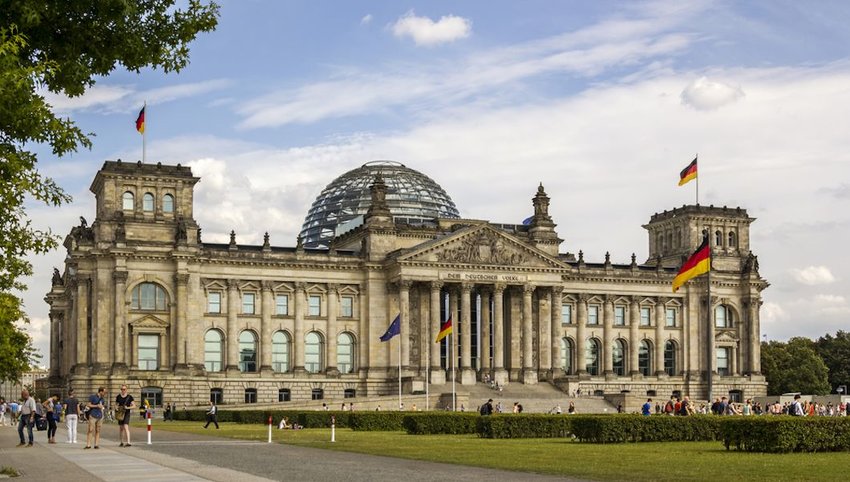From the Pink House in Buenos Aires to London’s Houses of Parliament, humans have a history of erecting some of the most spectacular buildings to house our governments. Whether it’s an extravagant castle overlooking Prague or a skyscraper towering over Tokyo, there’s no end to the stunning buildings that serve as the seat of governments around the world. Here are 25 government buildings that you need to see in your lifetime.
Houses of Parliament
London, England
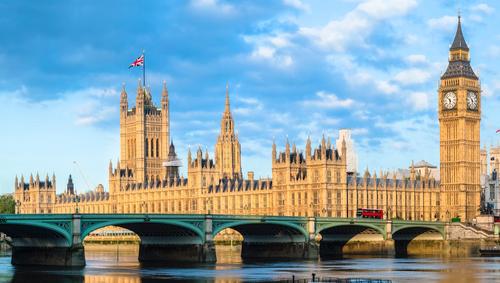
The Houses of Parliament are icons of the London cityscape. These buildings are old! They were completed in 1016, but were almost completely destroyed by a fire in 1834. The buildings, as they stand today, were renovated in 1870, but work on the inside actually continued well into the 20th century. These Gothic-style masterpieces were so well received that Tsar Nicholas I of Russia described them as “a dream in stone.”
Secretariat Building
New Delhi, India

This example of classic, majestic architecture houses the Indian Cabinet Secretariat and was built in 1910 by British architect Herbert Baker. It sits on Raisina Hill and consists of two symmetrical blocks that sit on opposite sides of the Rajpath flanking the president's residence. The building is constructed of rose and yellow sandstone, giving it a unique color.
White House
Washington, D.C.
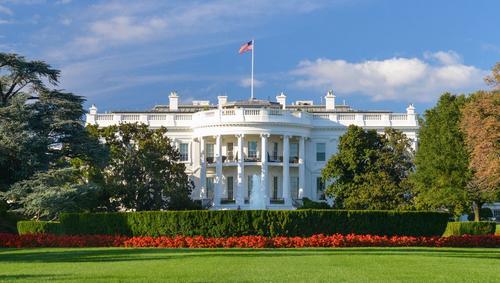
The White House is one of the most famous residences on the planet. Head to 1600 Pennsylvania Avenue in Washington D.C., and you’ll find the building where every president since John Adams lived and worked. Each president (with a little help from the First Lady) has added his own touches to the house over the years, and some of these rooms are as iconic as the building itself. If you want to tour the White House, you’ll need to go through your Member of Congress (or your embassy in D.C. if you aren't a U.S. citizen).
Casa Rosada
Buenos Aires, Argentina
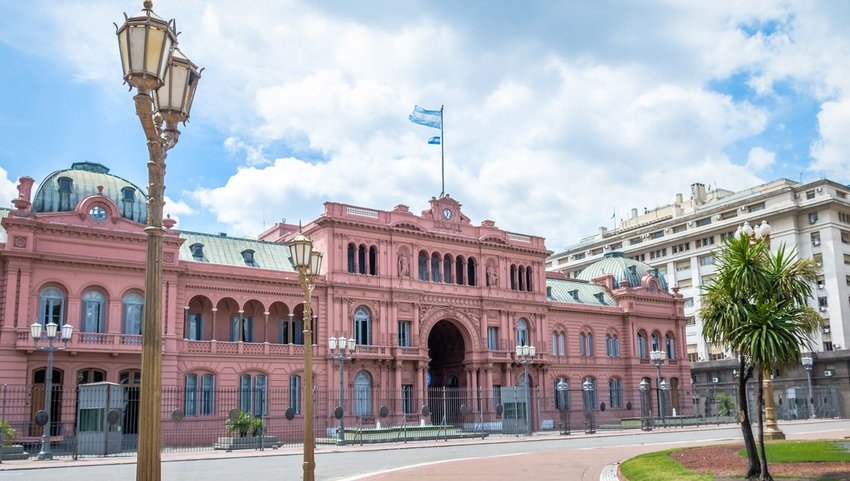
Casa Rosada, aka the “Pink House,” is Argentina’s seat of government and was the location for many significant historical events. The balcony is where Juan and “Evita” Perón appeared before crowds back in the 1950s. If you want to visit the Pink House, head to the Plaza de Mayo. To get a free tour of Casa Rosada, you have to show up on the weekend and book ahead. Tours in English are only held at 12:30 p.m. on Saturdays. Legend has it that the pink color comes from a mix of white paint and cow's blood (to resist the effects of humidity).
Palace of the Parliament
Bucharest, Romania

The Casa Poporului is Romania’s most famous building. Set in Bucharest, construction on the building began in 1984 and didn’t finish until 1997. The delay came from the darkest days of Romania’s history under the rule of Nicolae Ceausescu. Today, it plays host to the Romanian parliament and the 20-floor “People’s House” is the second-largest government building in the world (after the Pentagon in Washington D.C.). To join a tour of this massive building, you need to make reservations a day in advance and bring an internationally-accepted form of I.D. such as your passport.
Great Hall of the People
Beijing, China
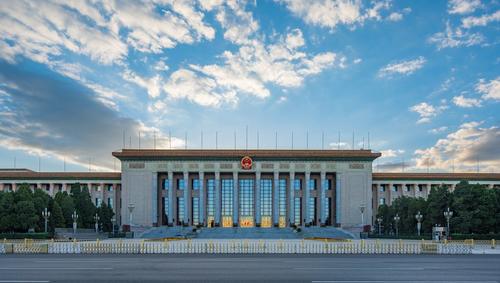
In honor of the 10th anniversary of the People’s Republic of China, a decree went out to build 10 “Great Buildings.” In 1959, volunteers rushed to build the Great Hall of the People. Today, it dominates the western edge of Beijing’s expansive Tiananmen Square. This gigantic example of Chinese neo-Classicism has a floor area greater than that of the Forbidden City. The State Banquet Hall can feed 5,000 diners at a single sitting and the Great Auditorium can seat 10,000 delegates.
Reichstag Building
Berlin, Germany
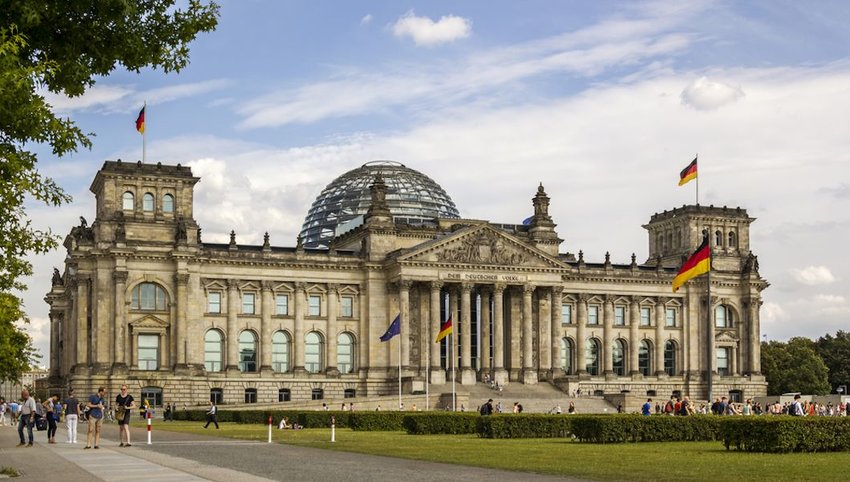
The Reichstag Building in Berlin survived the scars of war to emerge reborn as the seat of a unified Germany. This neo-Baroque building opened in 1894 and was renovated in the 1990s. It features an operatic steel and glass dome where visitors can see German politicians in session, as well as catch a fantastic view of nearby Tiergarten. Red Army graffiti from the WWII Russian assault has been preserved as a reminder to the destruction of war.
Congresso Nacional
Brasilia, Brazil

The Congresso Nacional in Brasilia features very picturesque roof “dishes” and the tallest towers in the city. The dome on the roof of the House of Representatives signifies that membership is open to all ideologies. The interior is just as architecturally impressive with contemporary works of art and an exhibit called “Tunnel of Time.” Book online or by phone for a tour with a non-Portuguese guide (Thursdays only).
National Parliament House
Dhaka, Bangladesh
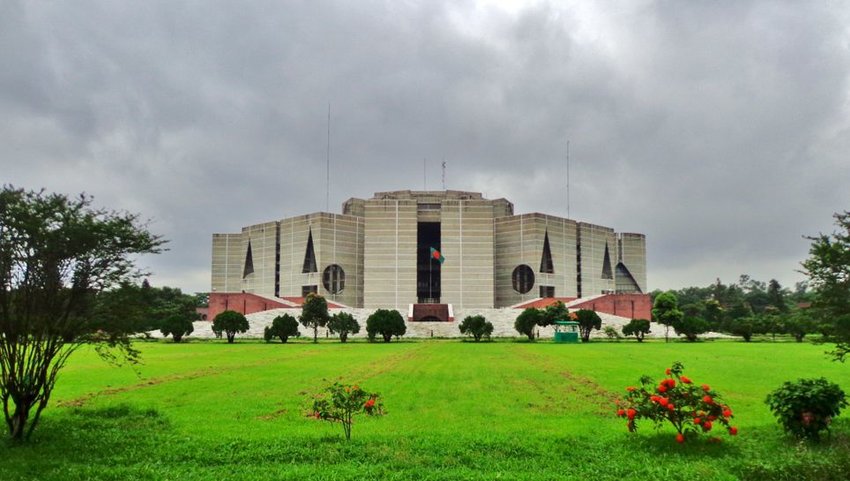
These magnificent groups of buildings were commissioned by the Islamic Republic of Pakistan in 1961, but weren’t completed for 10 years. In between that time, a war of liberation was fought, and East Pakistan became the country of Bangladesh. The architect found inspiration for his monumental work in Scottish castles and the ancient ruins of Classical Europe.
Connecticut State Capitol Building
Hartford, Connecticut, USA
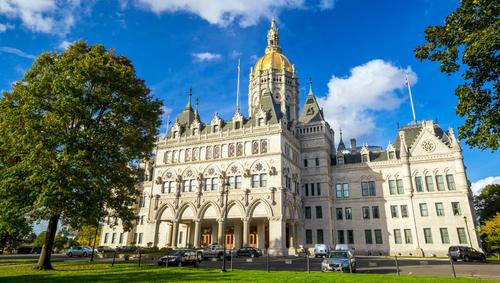
The State Capitol Building in Hartford was designed and built at a time when there was a growing interest in Civil War monuments. The firm that built the capitol also constructed other famous monuments, including the national monuments at the Gettysburg and Antietam battlefield cemeteries. The capitol was completed in 1897 and took inspiration from Egyptian, English, Italian, and French architecture. With Gothic touches and an impressive dome (which was one melted down to make ammunition during WWII) the building is full of interesting details and history.
The Beehive
Wellington, New Zealand
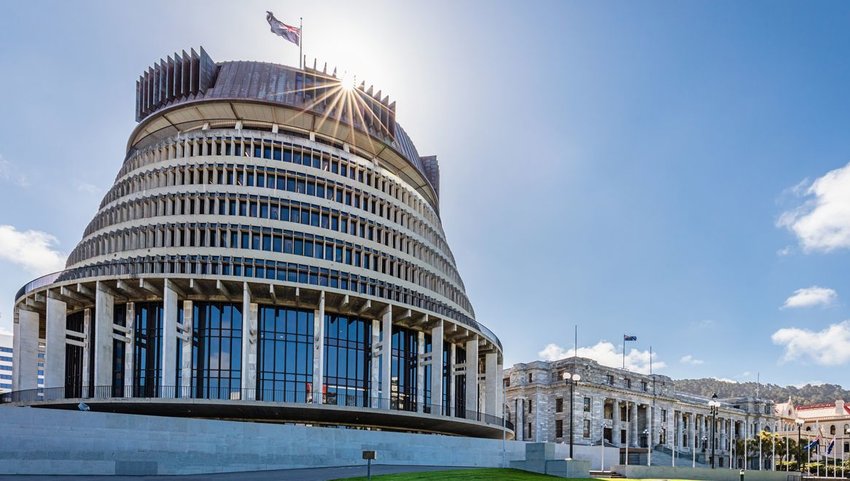
What’s the buzz about the Executive Wing of the New Zealand Parliament Buildings?Well, it's named the "Beehive" for pretty obvious reasons. The modern design includes several layers, and was met with mixed reactions when it was unveiled. Today, this building is where the prime minister and his cabinet offices reside. The Beehive was completed in 1979 and opened for business in 1981. Tours take place daily, so buzz on over for a look-see.
Tocho
Tokyo, Japan

The Tokyo Metropolitan Government Building, also known as “Tocho” in Japanese, is the epicenter of government for Tokyo’s 23 wards. It's one of the most modern government buildings in operation today. In addition to serving as a gigantic city hall, Tocho offers incredible views of the city from its 45th-floor observation deck. On a clear day, you can see as far as Yokohama, Chiba, and sometimes even the iconic Mount Fuji.
Department of the Taoiseach
Dublin, Ireland
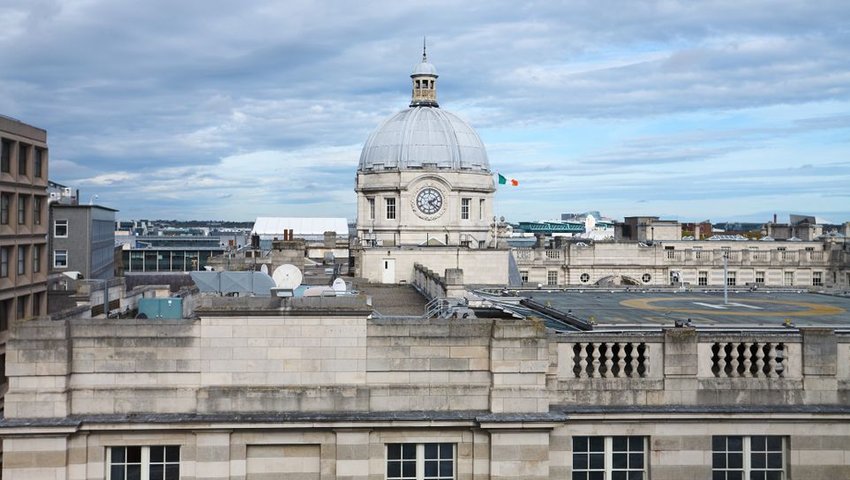
The foundation stone for this government building was laid in April of 1904 and it officially opened on July 8, 1911. Why the funny name? Well, the department that leads the Government of Ireland is called the Taoiseach (pronounced tee-shuck) — the title in Ireland for the head of government.
Palazzo di Montecitorio
Rome, Italy

This 17th-century palace is the home to the Italian Chamber of Deputies. The Palazzo di Montecitorio was initially built according to the plans of Gian Lorenzo Bernini — one of the world’s most famous Renaissance architects — but his work was never finished. Construction stopped after the death of his client, Pope Gregory XV. If you know where to look, you can see a combination of the oldest Bernini layer along with newer additions.
Palacio Nacional
Mexico City, Mexico
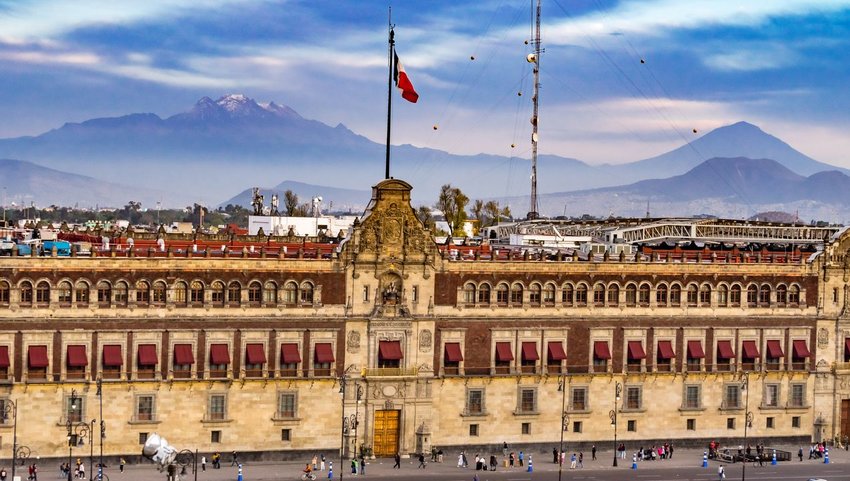
Mexico’s iconic National Palace is situated on the Plaza de la Constitución. It sits on the site of the palace of Aztec emperor Moctezuma II, which was constructed in the early 16th century. High above the center door, you’ll see the Campana de Dolores, the bell rung in the town of Dolores Hidalgo in 1810 at the start of Mexico’s War of Independence. If you're in town on September 15, you can hear the president shout “Viva México!” from the hall below the bell to commemorate independence.
Presidential Palace
Hanoi, Vietnam
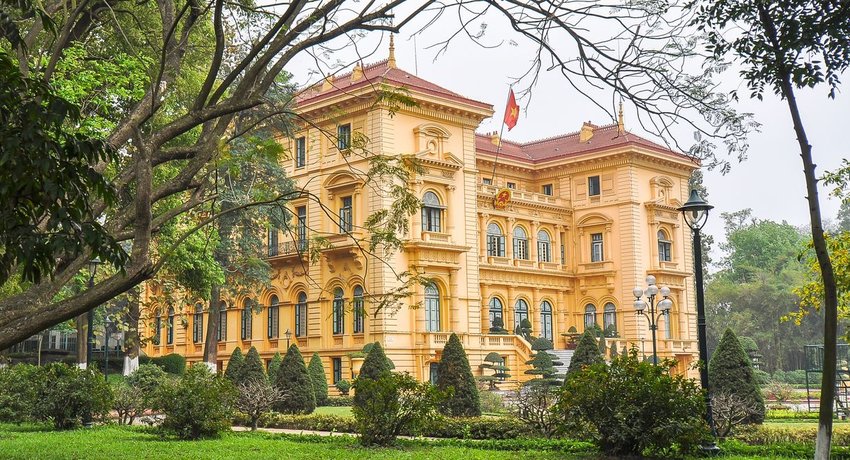
It’s no surprise that the Presidential Palace in Hanoi was built by a French architect. The colonial French palace opened in 1900 and was supposed to be Ho Chi Minh’s official residence, but that leader opted for a traditional Vietnamese stilt house instead, and the building went to Hanoi. The three-story building features an orchard, carp pond, and a 300-foot long boulevard surrounded by lush gardens. Visitors are not allowed in the palace, but can explore the surrounding gardens.
Government House
Baku, Azerbaijan
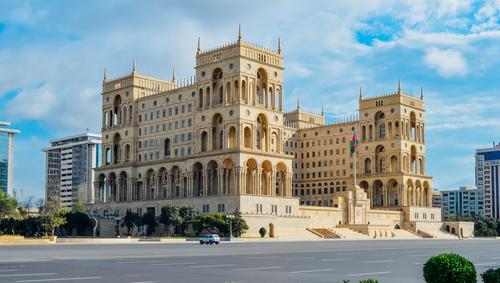
The Government House of Baku is a monolithic, eleven-story structure looking out over the Caspian Sea. It was designed and built during the Soviet Union’s reign and opened in 1952 after 16 years of construction. The land in front of the Government House was initially called the Lenin Square, but was renamed Freedom Square.
European Parliament
Strasbourg, France
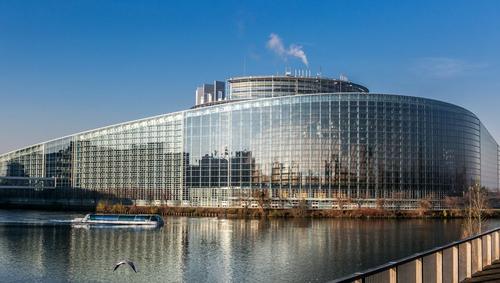
A visit to the European Parliament in Strasbourg is a great chance to soak up the unique atmosphere of the world’s largest transnational parliament. The European Parliament is housed in the Louise Weiss Building and you can book tickets for a seat in the public gallery. The building features a unique debating chamber that is reminiscent of a Roman amphitheater. The tower’s half-completed look represents the unfinished work of reuniting Europe.
Hungarian Parliament Building
Budapest, Hungary
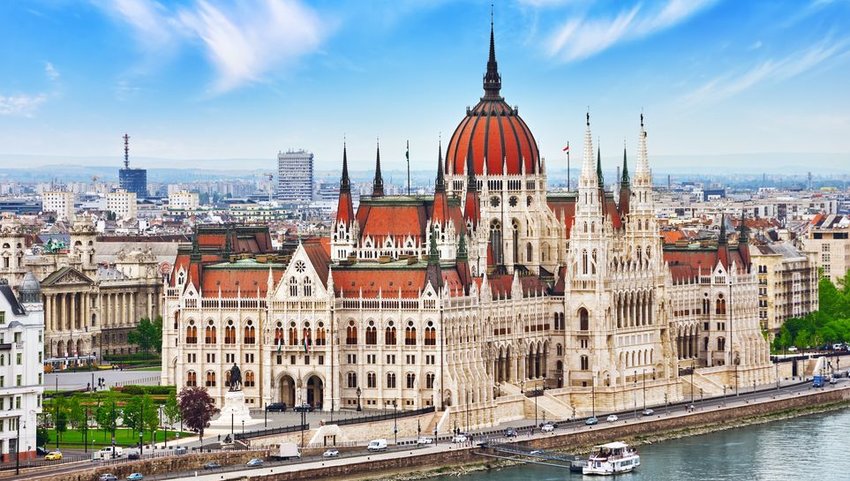
The Hungarian government wanted to erect a monument to their sovereignty so badly that they held a contest to find an architect to design a new Hungarian Parliament Building. The winner, Hungarian architect Imre Steindl, drew inspiration from London’s Houses of Parliament and designed the grand, neo-Gothic building which stands today along the banks of the Danube River. It has stood through two World Wars and many uprisings and revolutions, and continues to be an iconic landmark of the city.
Union Buildings
Pretoria, South Africa
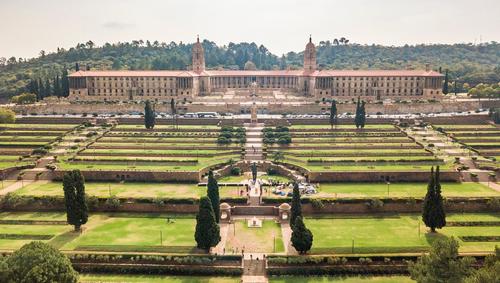
The Union Buildings are considered South Africa's architectural masterpieces. They were completed in 1913 and once hosted the government of the old Union of South Africa. Today, it still serves as the official seat of government. The Union Buildings were the site of many protests against the apartheid government, but also the venue for the most important events in the country's long struggle for freedom such as the inauguration of South Africa's first democratically-elected President, Nelson Mandela.
New York State Capitol Building
Albany, New York, USA

Albany has been the seat of government for the state of New York since the 1880s and its grand State Capital Building sits perched on a hill on iconic State Street. Just one look at this impressive building and you’ll be in awe of this architectural masterpiece, which was built by hand out of solid masonry. At the time, it ended up being the most expensive government building ever built.
Scottish Parliament Building
Edinburgh, Scotland
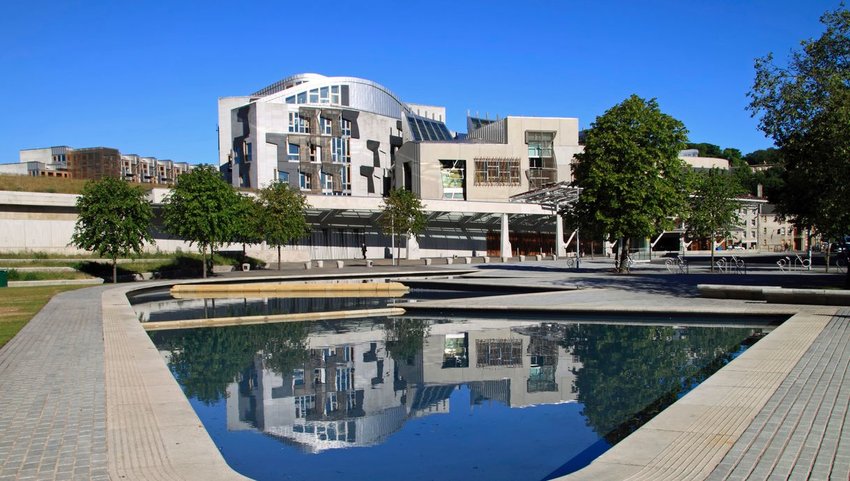
Scotland's Parliament Building is located near Edinburgh's famous Royal Mile and was completed in 2004. Originality was the theme of parliament’s new home, and the building was constructed from a mixture of granite, oak, and steel. It is considered one of the most innovative designs in the United Kingdom today. Drawing inspiration from the surrounding landscape, architect Enric Miralles developed a design that he said was a building "growing out of the land."
Grand Kremlin Palace
Moscow, Russia
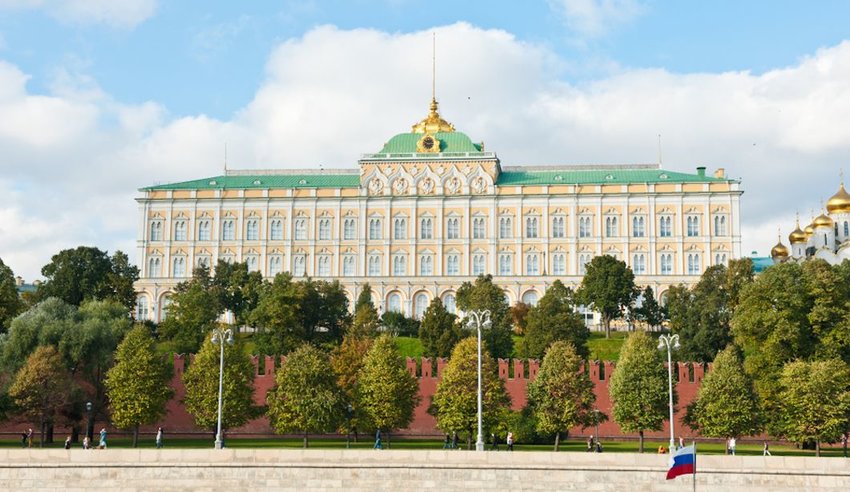
The Grand Kremlin Palace is appropriately named since it really is grand! The palace was opened in 1849 and was envisioned to emphasize the greatness of Russian autocracy. It was formerly the Tsar's Moscow residence, but today, the palace is used for diplomatic receptions and official ceremonies. In 1988, President Ronald Reagan and Soviet General Secretary Mikhail Gorbachev ratified the INF Treaty in Vladimirsky Hall.
Houses of Parliament
Cape Town, South Africa
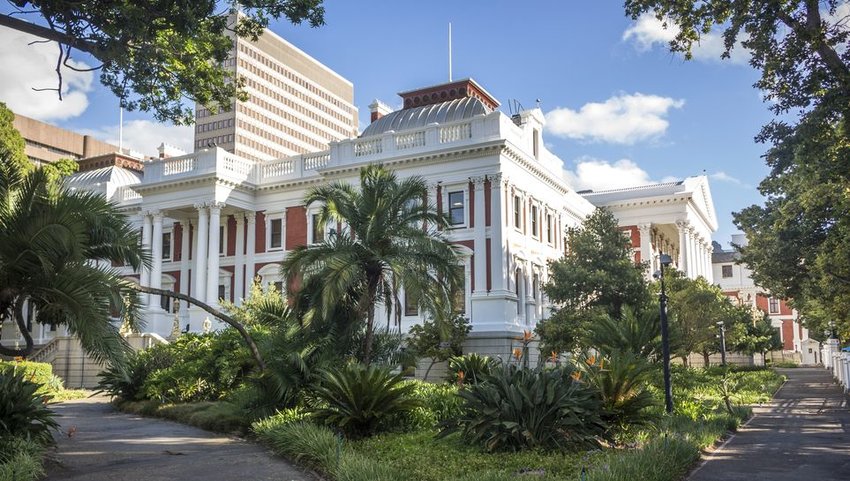
Cape Town is the second of three capitals in South Africa and is home to the legislative branch of government. The Houses of Parliament of South Africa consist of three sections built at different times. The original building was completed in 1884, the second in the 1920s, and the final in the 1980s.
Het Binnenhof
The Hague, Netherlands
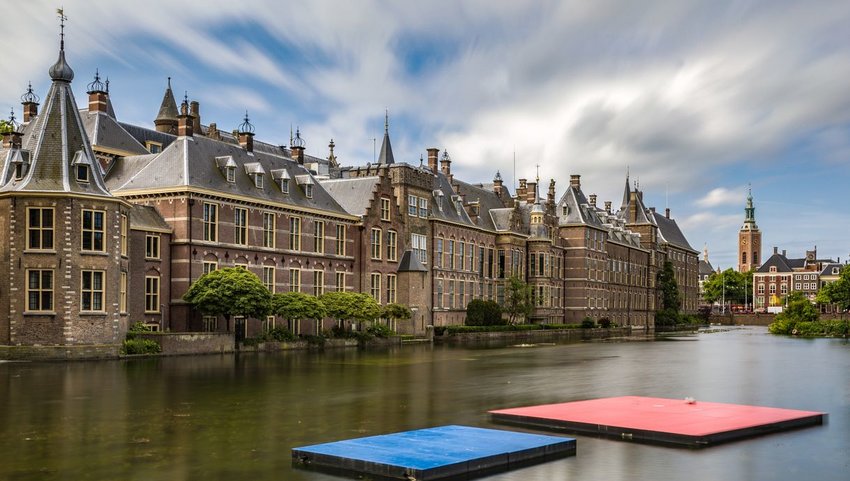
Impressively, the Het Binnenhof (Dutch for The Hague) is the world’s oldest parliament building still in use. The building complex was first built in the 13th-century and was the political center of the Dutch Republic. Today, it's the meeting place for both houses of parliament in the Netherlands, as well as the office of the Prime Minister. A tour of the incredible Ridderzaal is a must. It was used as a large hall for hunting parties and later a courtroom.

